Your baby led weaning or finger food stage baby can enjoy summer plums! Here is everything you need to now about safely serving plums to babies, including how to cut plums for baby led weaning.

Plums are stone fruits with smooth, dark red or purple skin and sweet red or yellow flesh. Like peaches, they are ripe in the summer and great for serving to babies without cooking - once they are ripe enough to be soft. Here is a quick guide for serving fresh plums to babies using a baby led weaning approach.
Jump to:
Can Babies Eat Plums?
Yes. Babies can eat plums as soon as they are developmentally ready for solids, around 6 months of age. If you're using a baby led weaning approach, or if your little one is in the finger food stage, plums must be ripe enough that they are soft to prevent choking. They should be able to pass the smash test for texture!
Tip: Give the plum a gentle squeeze - it should have a little give and should smell sweet when it is ripe. Otherwise, leave it on the counter for a few days to soften up.
Are Plums Healthy for Babies?
Plums are very nutritious. They are a good source of vitamins C, A and K, which together are good for immune health, nerve function and strong bones. They are also high in antioxidants, which are helpful for fighting inflammation and preventing disease. Plums are a good source of fiber, which is good for gut health and digestion. The insoluble fiber, water and natural sugar in plums is especially helpful for relieving constipation in babies!
How To Serve Plums for Baby Led Weaning
As stated above, make sure raw plums are ripe before serving to baby. They must be soft enough that baby can smash the flesh between his gums for safety. They can be served with or without the skin. The skin will help baby grip the slippery fruit, but if it makes you nervous, feel free to remove it. If the plum is not yet ripe, stewing is a good option. Always be sure to remove the pit.

1. Halved, pit removed (6+ months)
Since younger babies don't yet have the fine motor skills to pick up small pieces, giving baby a half plum that is ripe and soft with the pit removed is easier to pick up. Baby can suck the flesh from the skin. You can also serve the plum half with the skin removed, though it will be a little harder to pick up.
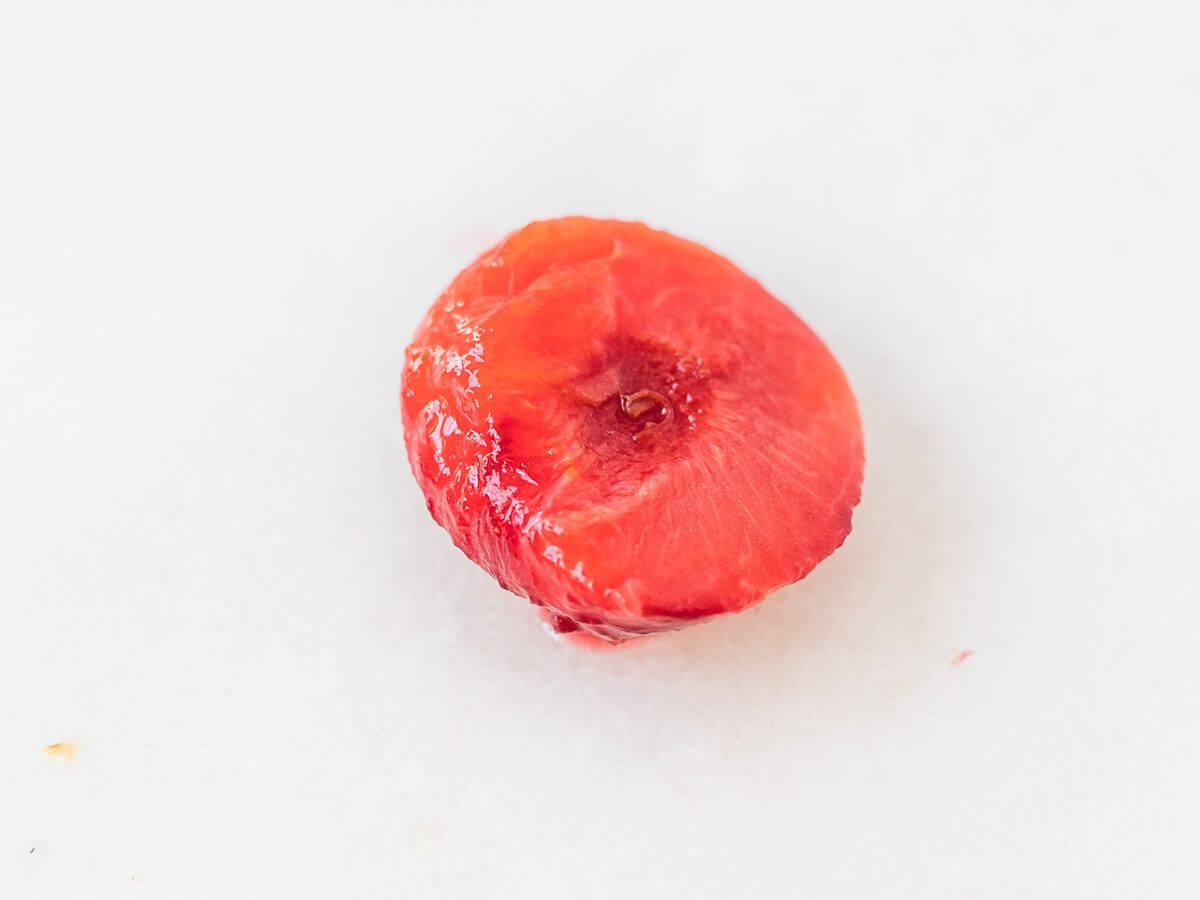
2. Stewed, halved, pit and skin removed (6+ months)
If a plum is not yet ripe enough to be soft, or if a raw plum makes you nervous, you can stew it to soften it up for babies around 6 months of age. Simply place halved plums with the pits removed in a small saucepan and cover with water. Bring to a boil and gently simmer for about 5 minutes. When the plum is soft, remove it from the water and the skin will slip right off. You can serve the entire half to baby (make sure it's cooled first!), or mash the plum and stir it into yogurt or oatmeal, or spread it on toast fingers.

3. Slices, with or without skin (6+ months)
Slice soft, ripe plums into ¼ inch thick slices. While not as easy to pick up as a half, babies around 6 or 7 months old can still scoop up slices. You can serve them with or without skin. If the peeled slices are too slippery, try rolling them in finely crushed nuts or Cheerios, or ground flaxseed, to give them a little texture.

4. Bite sized pieces (9+ months)
Once baby has developed a pincer grasp, you can cut soft, ripe plums into bite-sized pieces, about the size of your fingernail. You can also continue offering slices at this stage, as a variety of shapes is good practice!
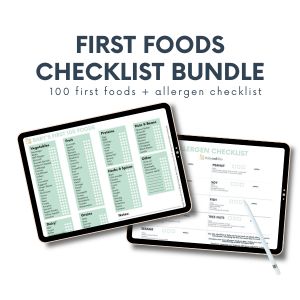
Track your baby's journey through starting solids! Get my 100 First Foods Checklist and Allergen Checklist Bundle today!
FAQ
When plums are ripe enough, they are not a choking risk. Plums that are still not ripe are firm, round and slippery, which can be a choking risk. They also have a hard, round pit, which is a choking risk, that should be removed before serving. Always be sure plums are soft enough to be an appropriate texture, and serve in a safe shape as outlined above.
Plums are not a common allergen. Some people with Oral Allergy Syndrome may have a reaction to plums, especially if they react to other stone fruits.
Plums, and their dried counterpart, prunes, are great for relieving constipation in babies due to the fiber and fluid content. Which also means you should avoid serving too much at once if your baby is having normal bowel movements!
No, if the plum is ripe and soft, you do not need to cook it. If it is still firm, you may cook it (see instructions for stewing above), or simply leave it on the counter for a few days to ripen.
Yes, plum skin is edible and a good source of fiber and antioxidants! If serving plum halves, baby will not eat the skin, but in slices or small pieces, the skin is perfectly fine to eat.
Each child is different developmentally, but you can offer a whole plum that is large and ripe around 18 to 24 months if you feel your child is ready. Model how to take a bite, and always supervise and be ready to remove the pit when your child gets to it.


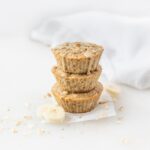
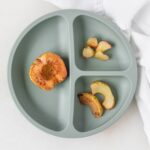
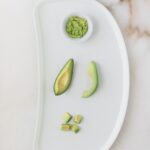
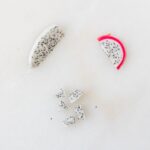
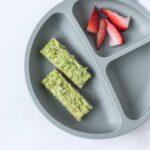
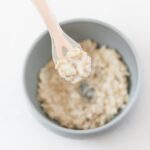



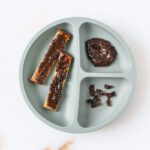
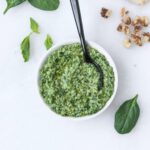
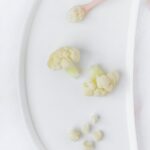
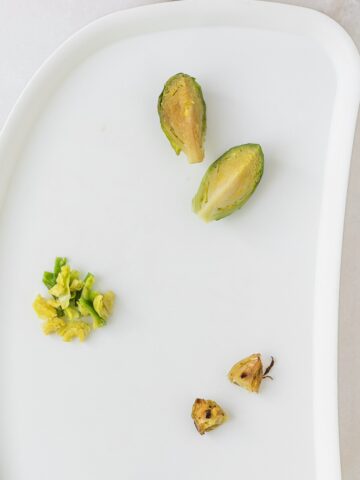
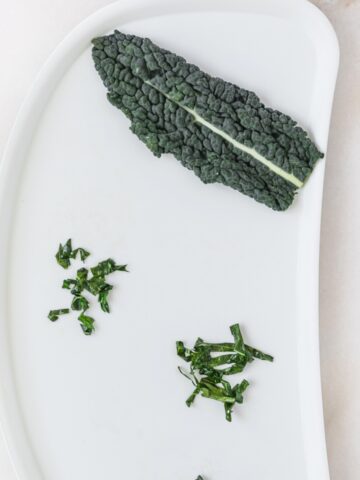
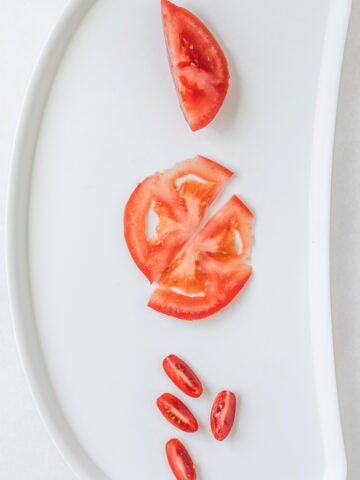
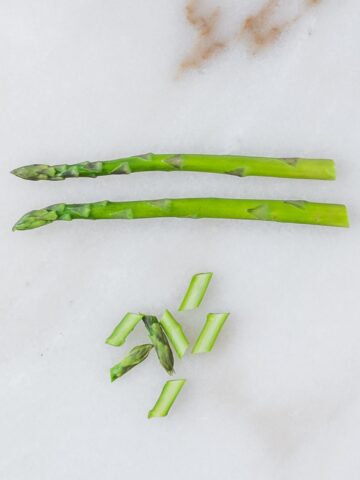
Leave a Reply